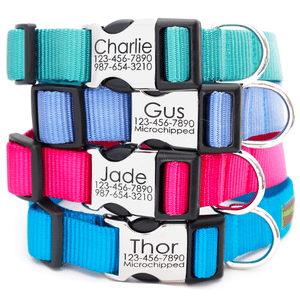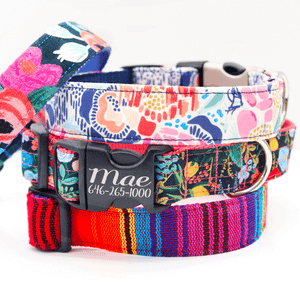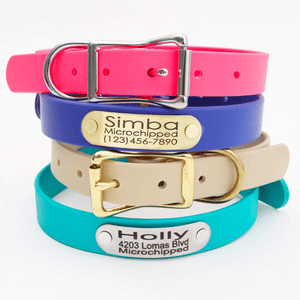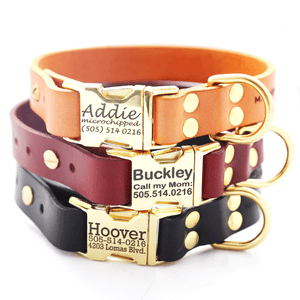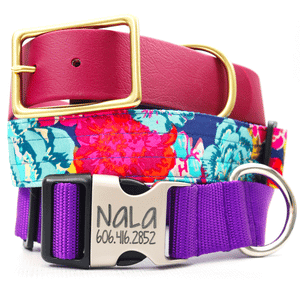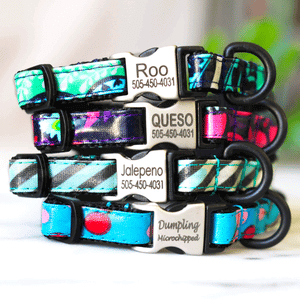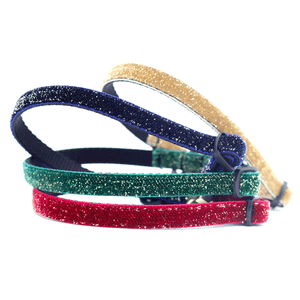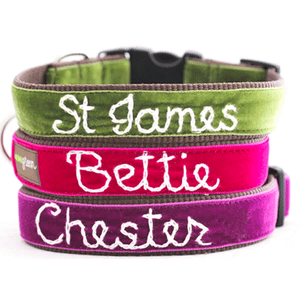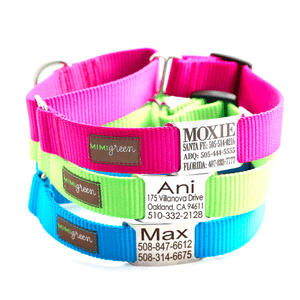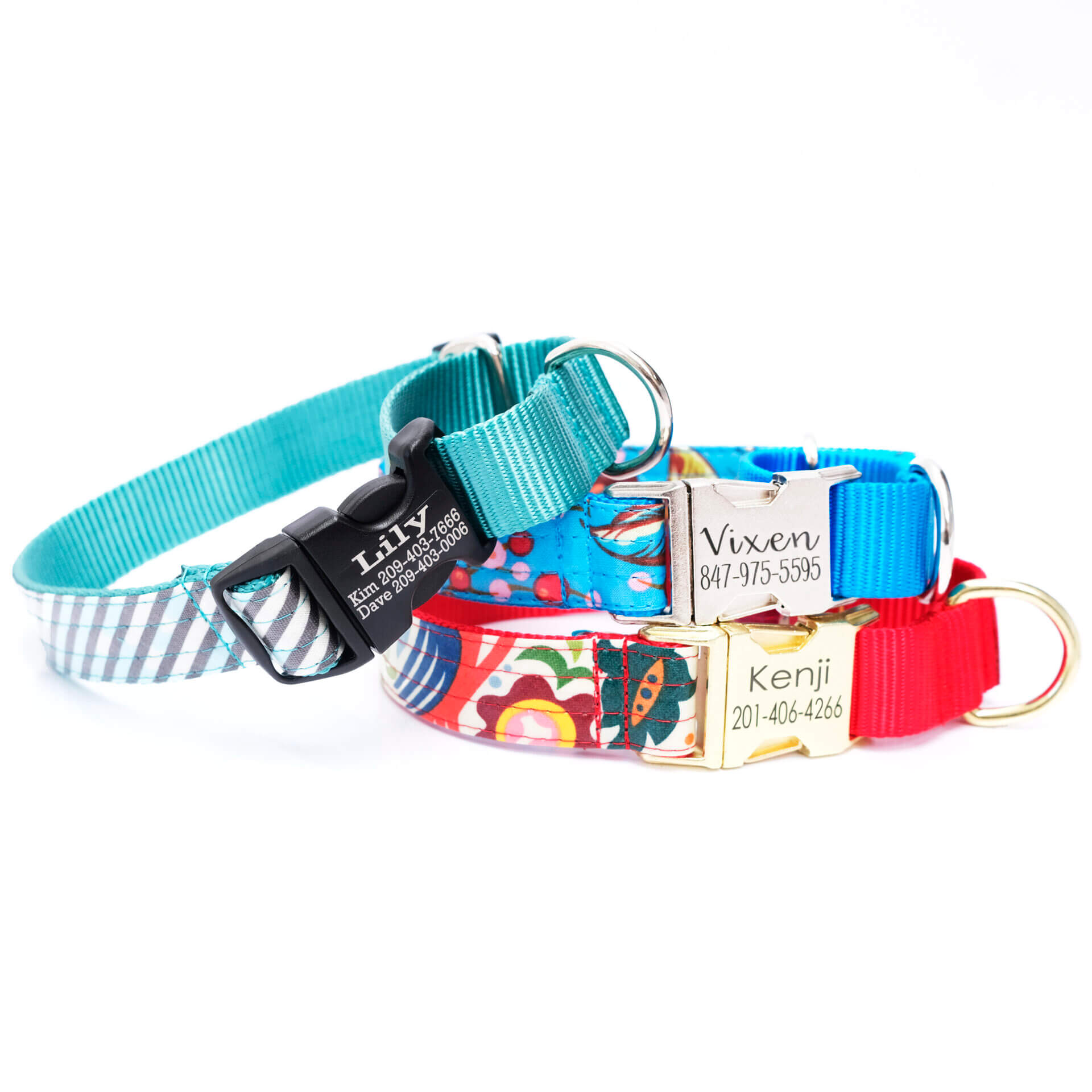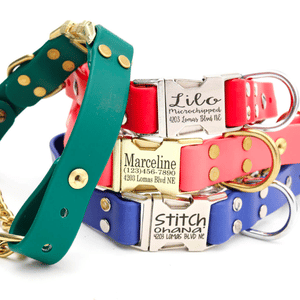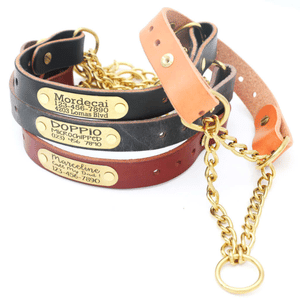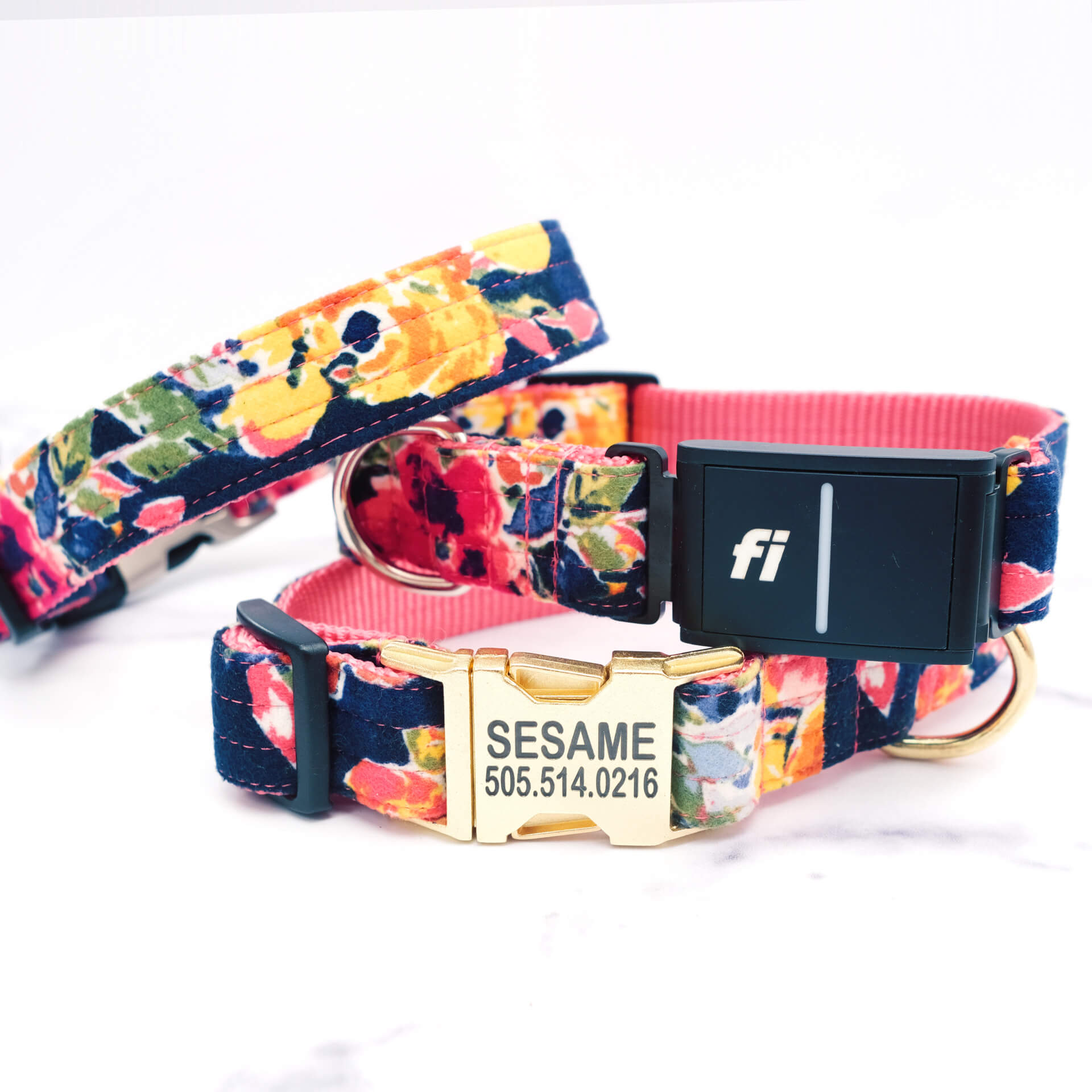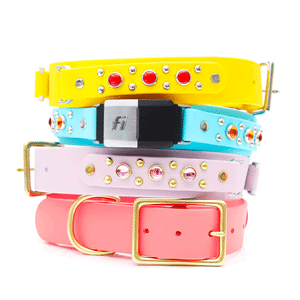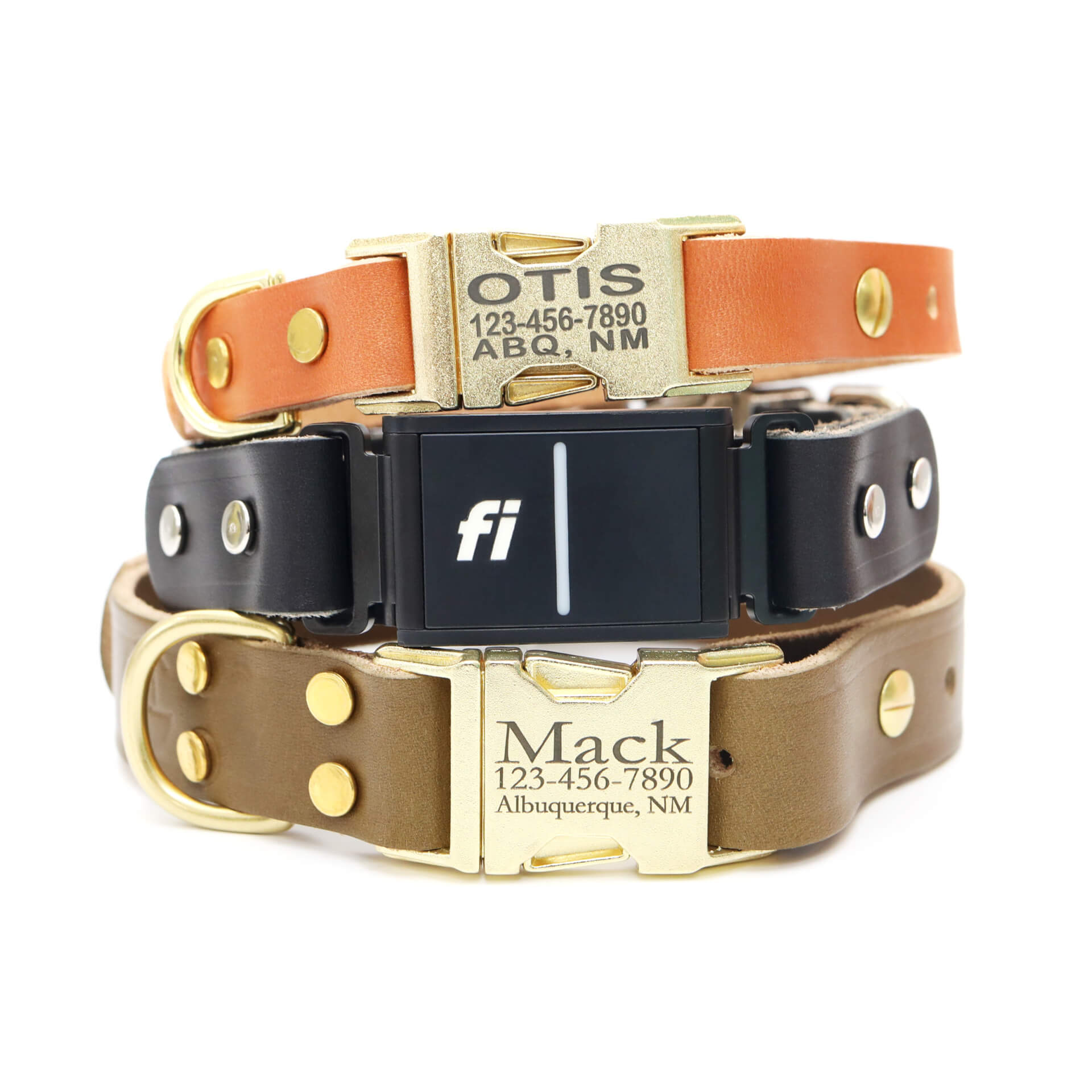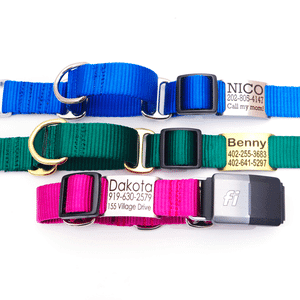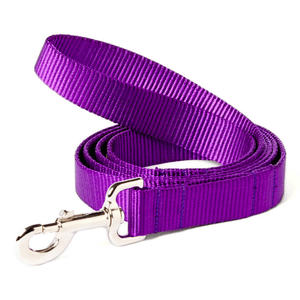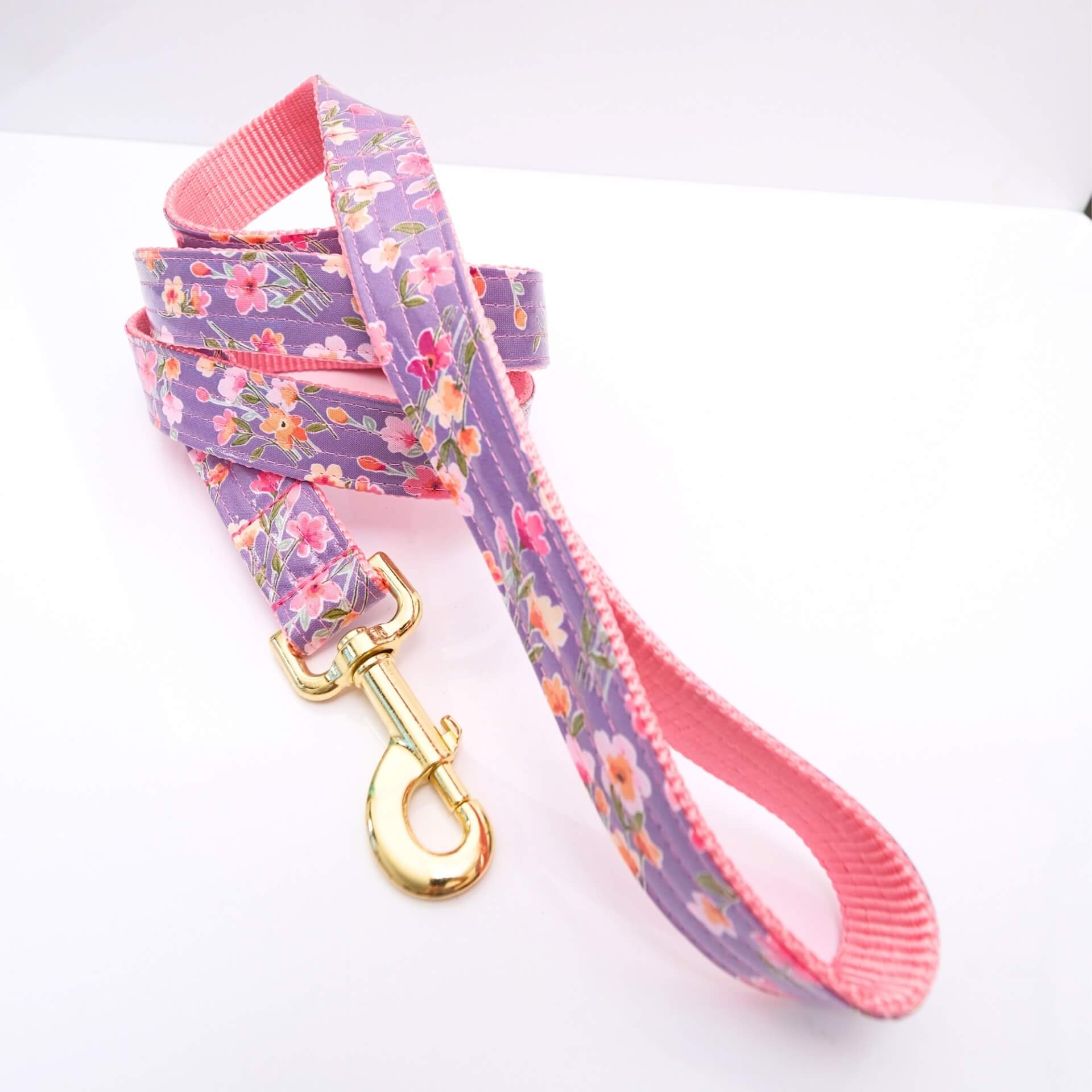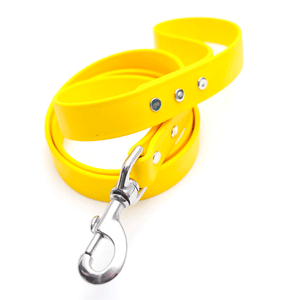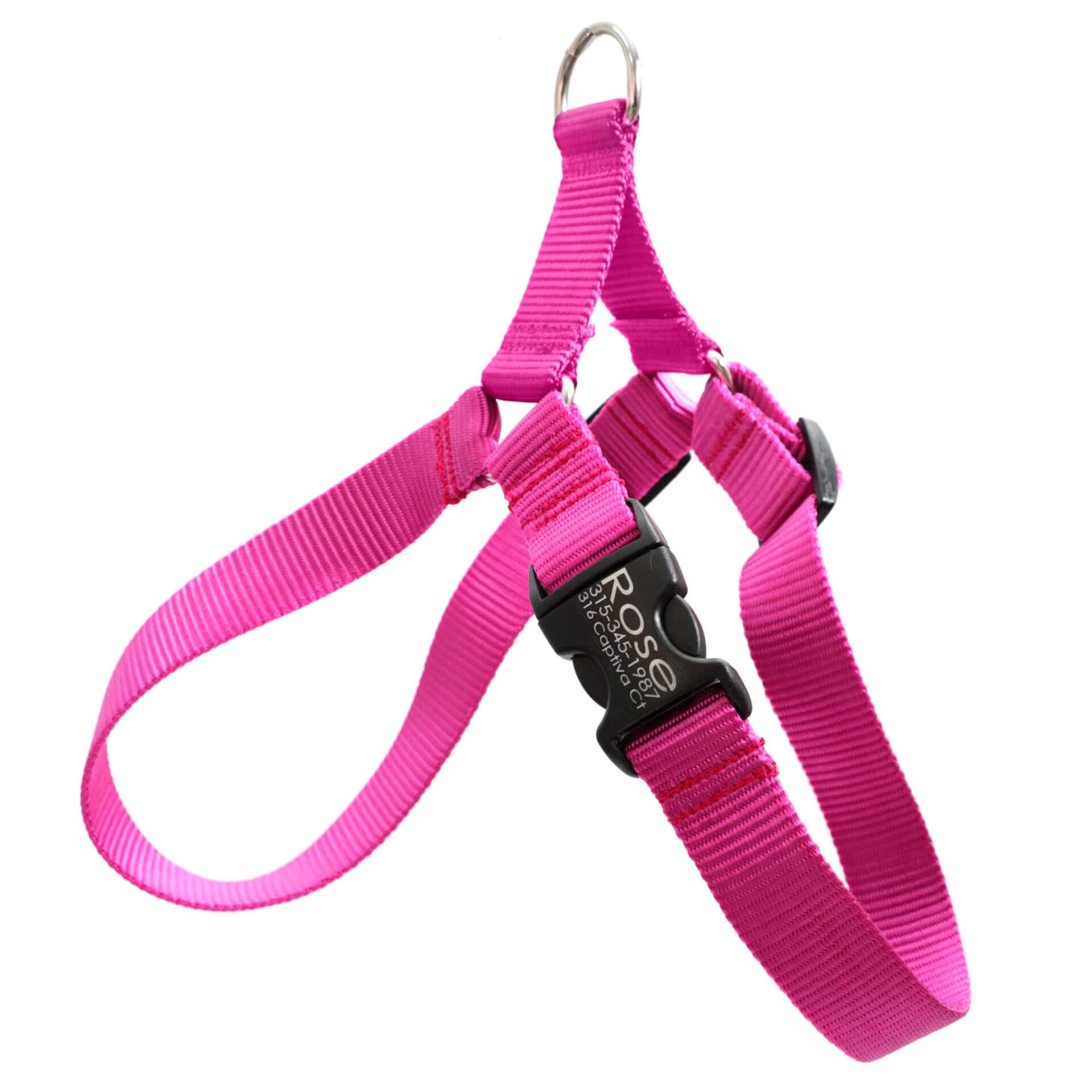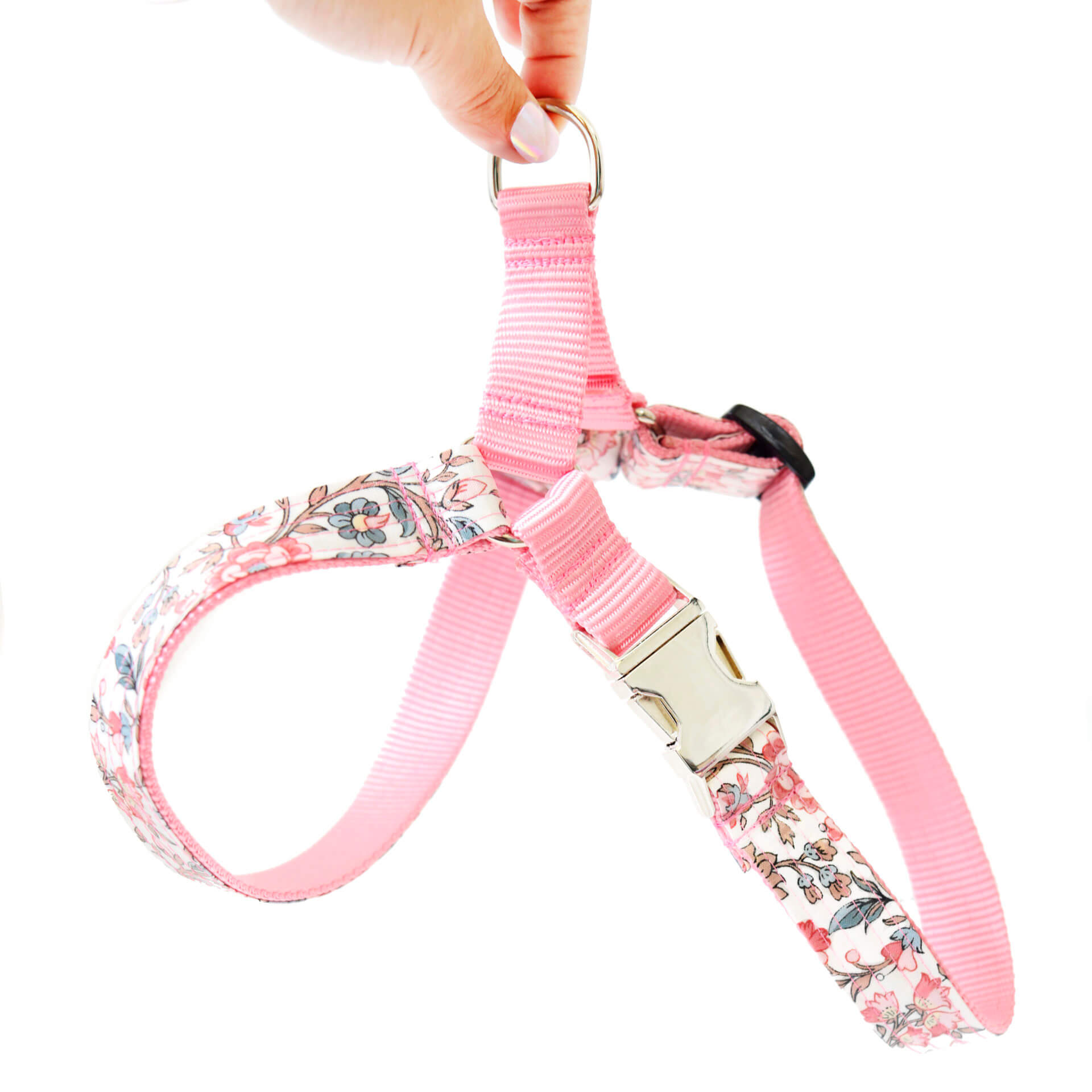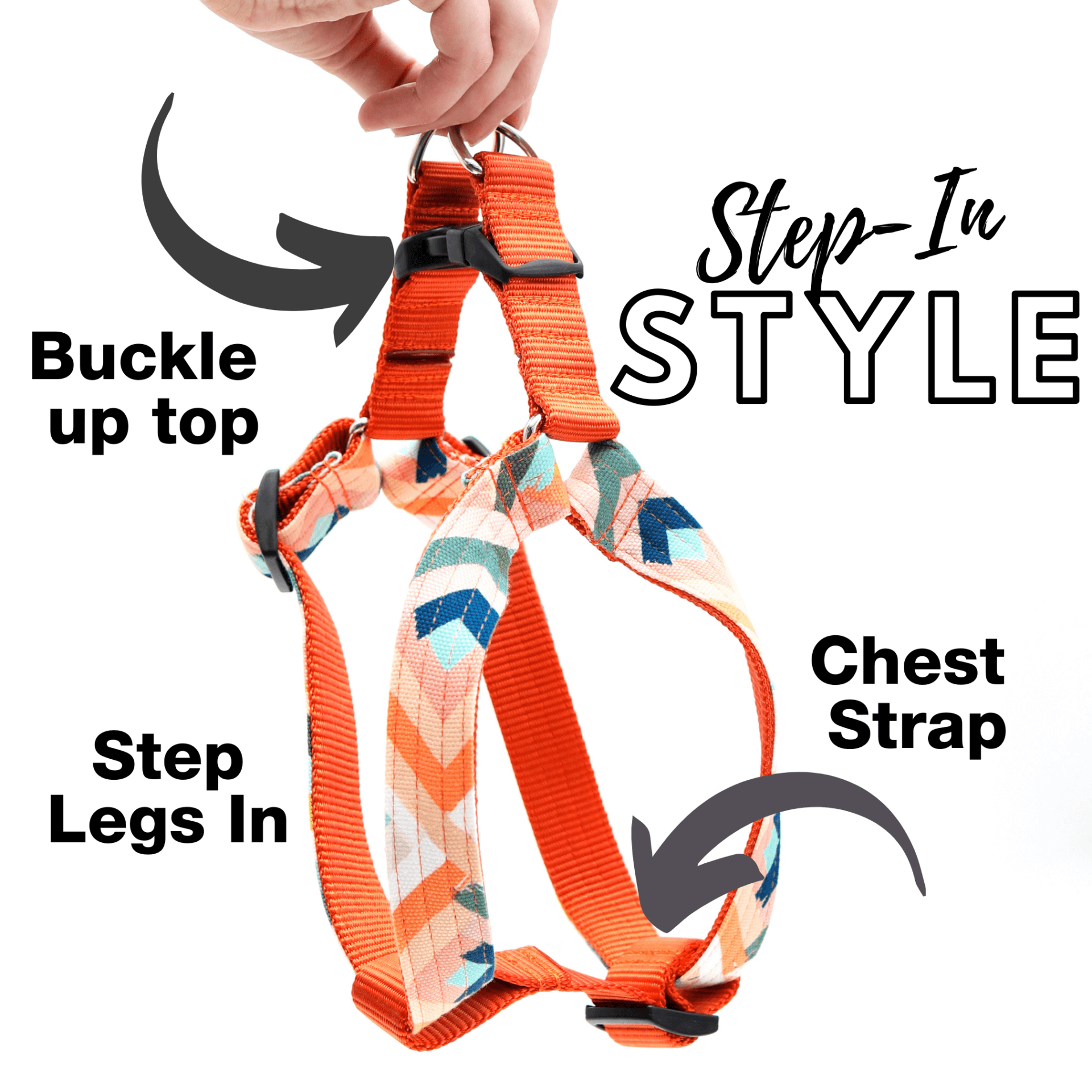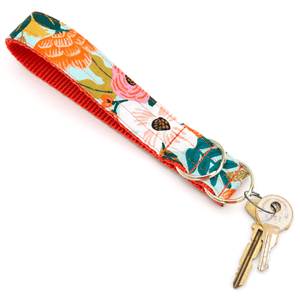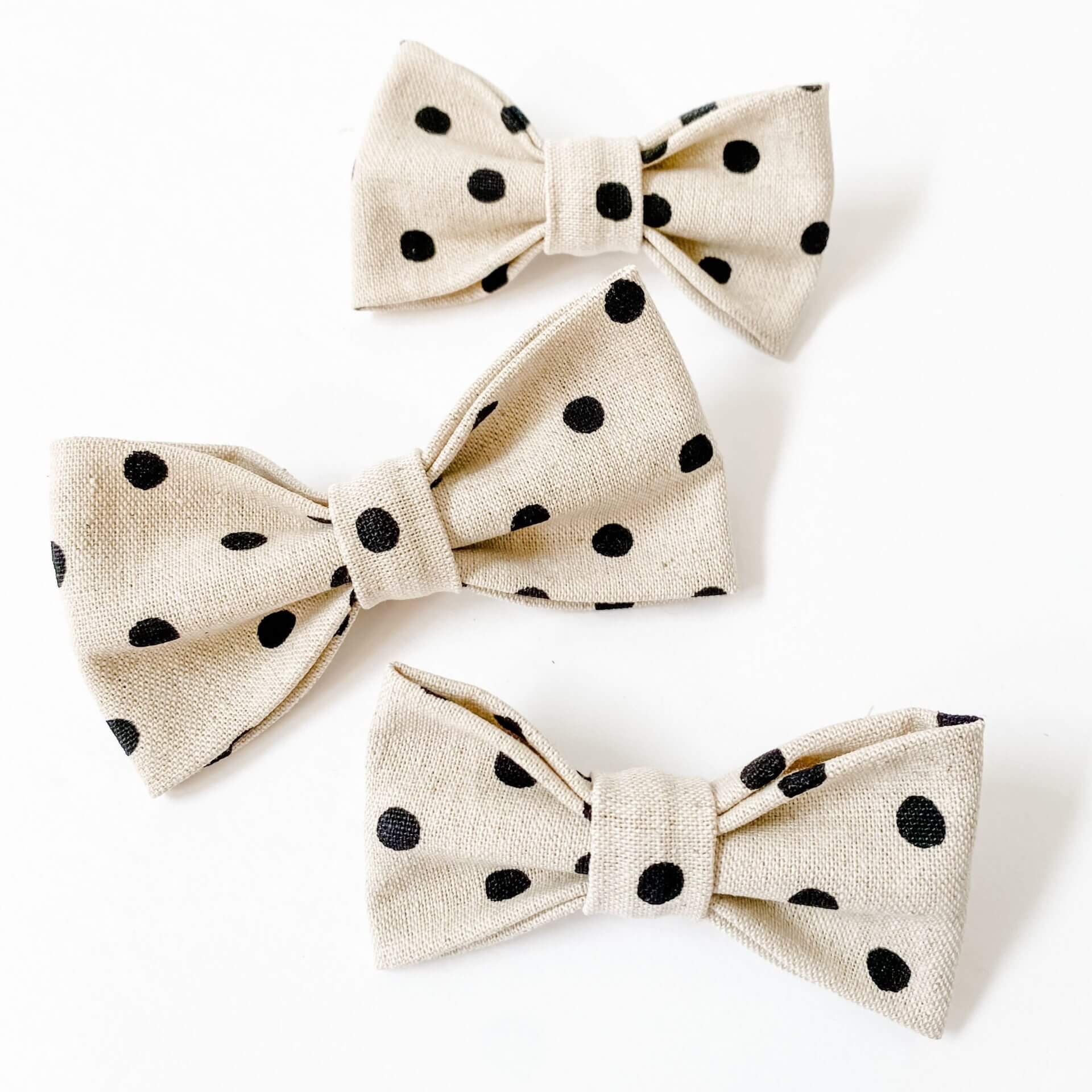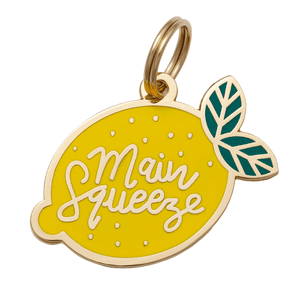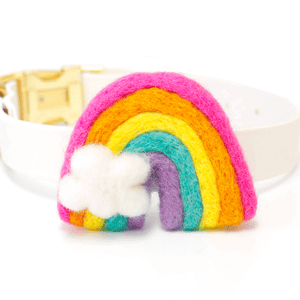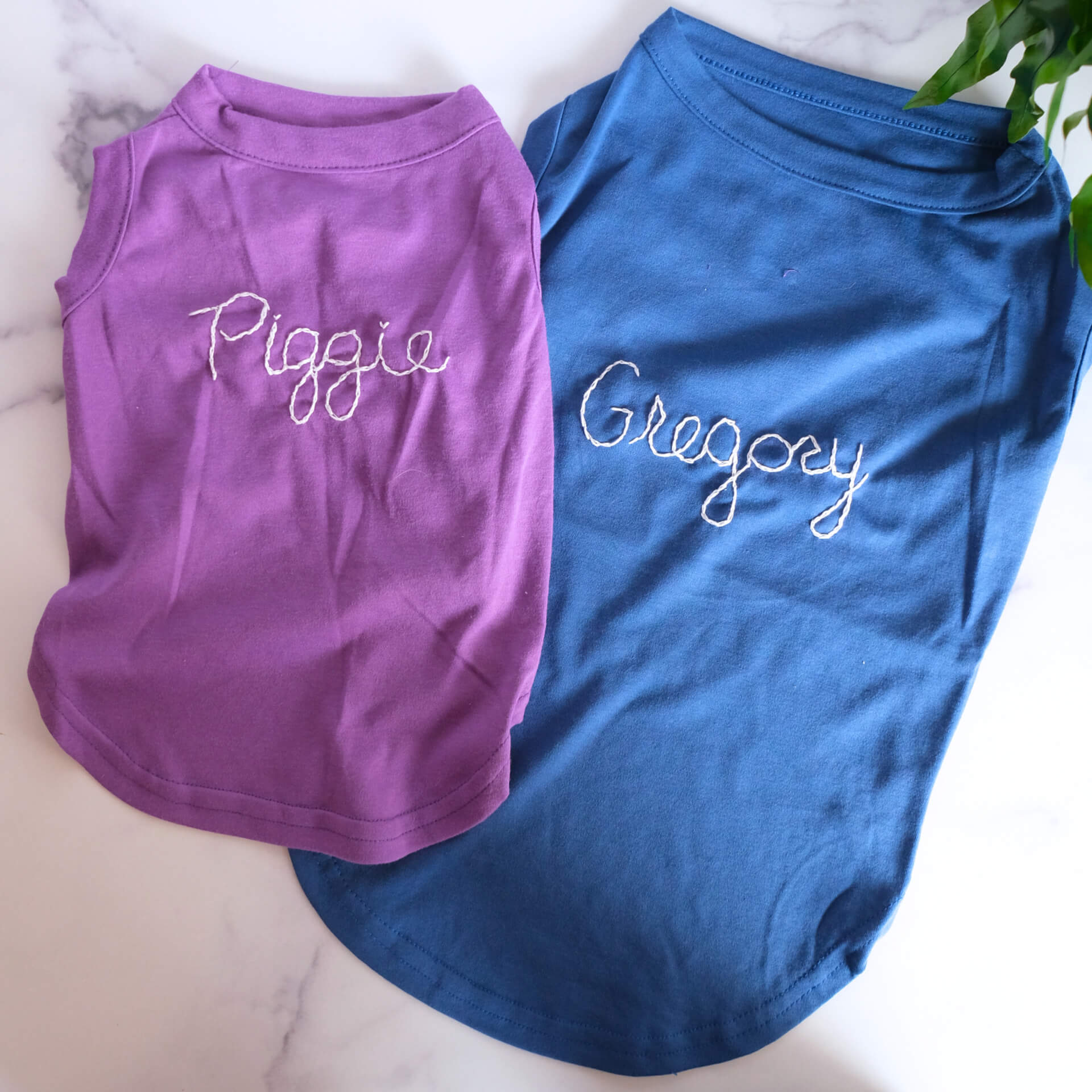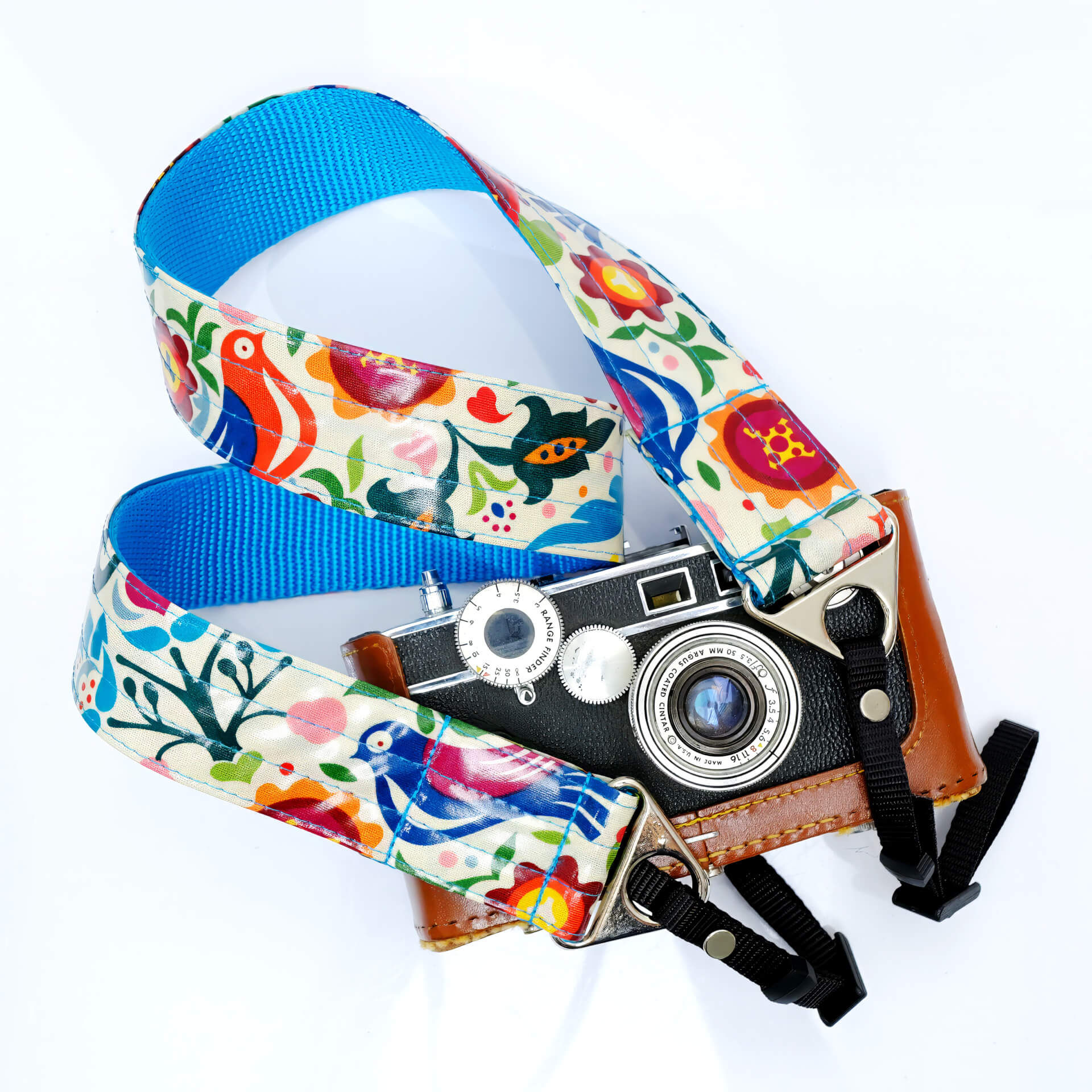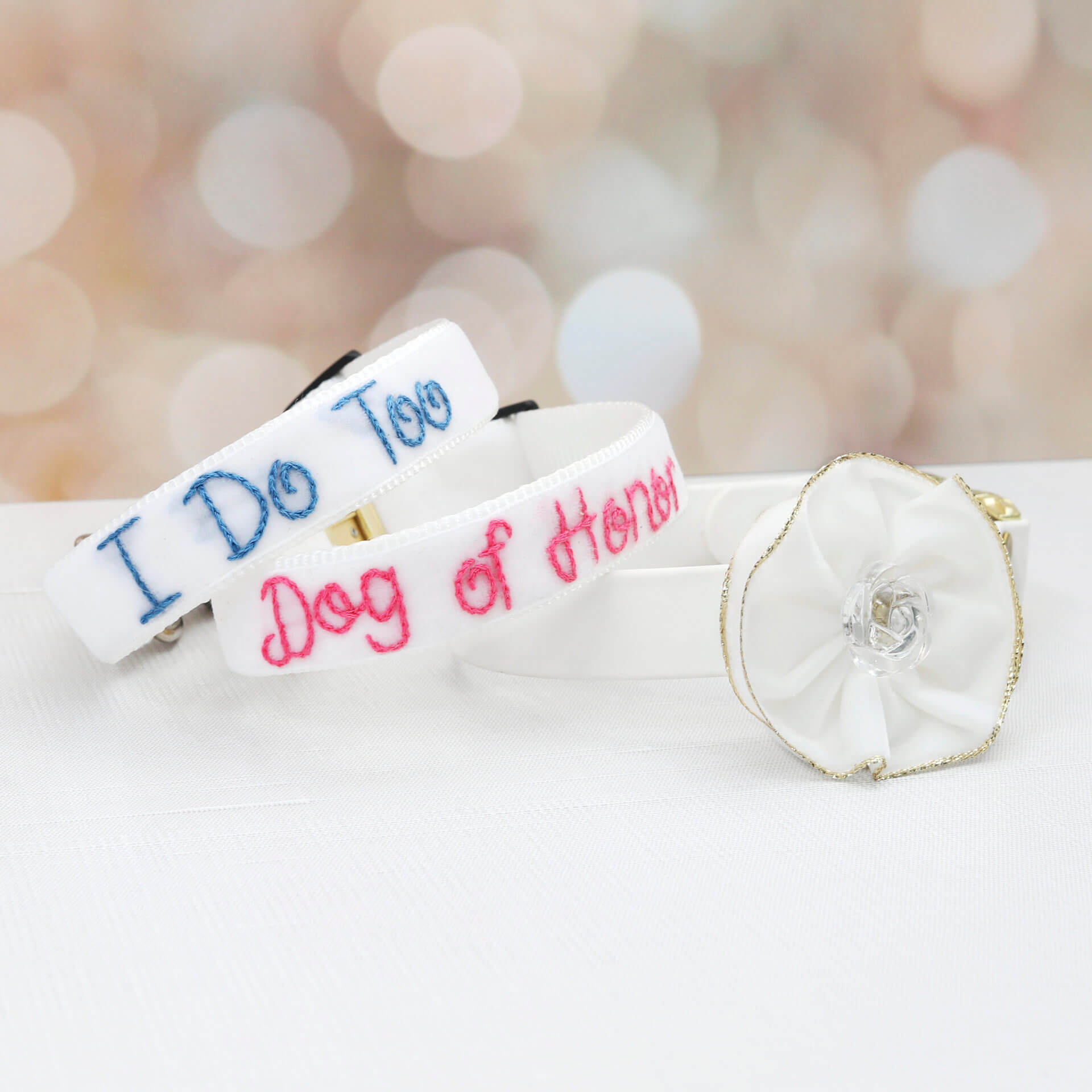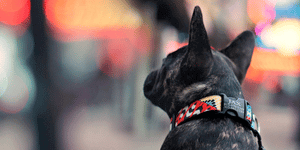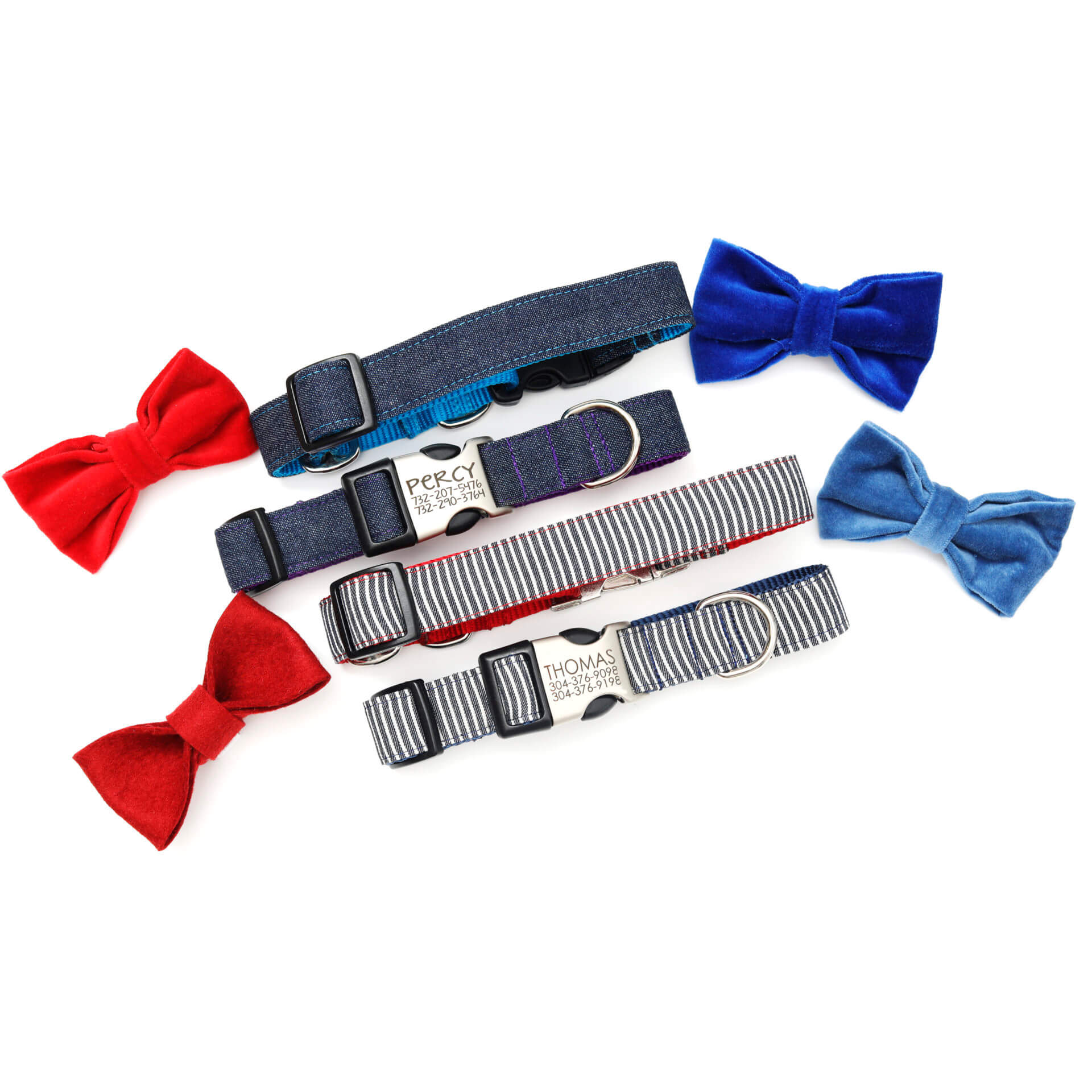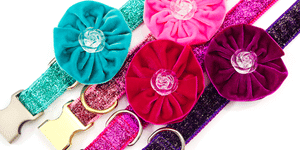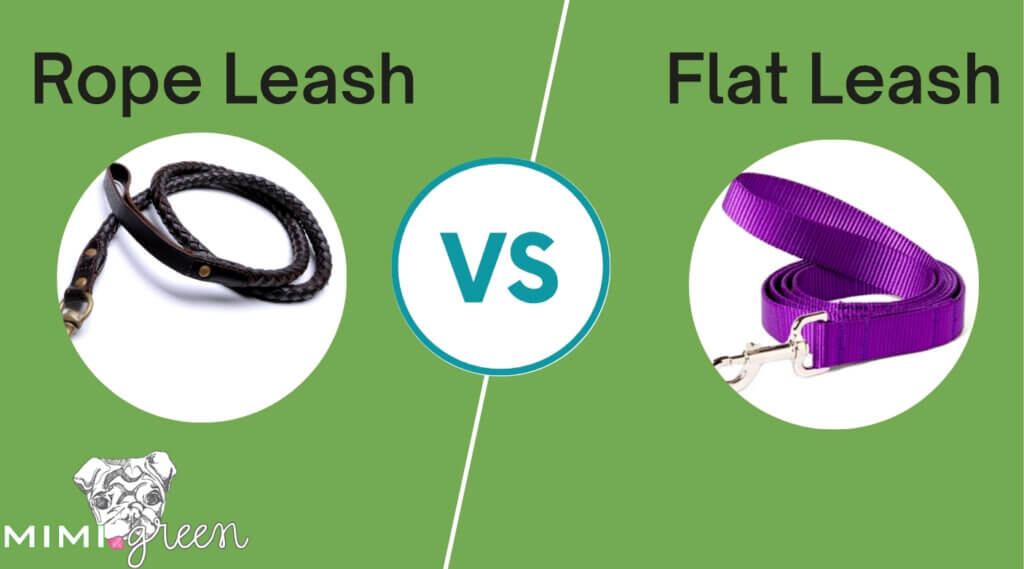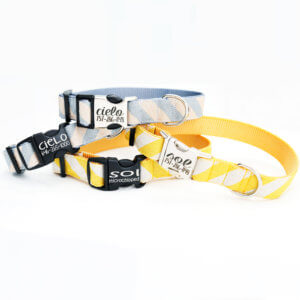Blog
Rope Leash vs Flat Leash: Which Is Better?
Leash choice often stirs up concerns about comfort, durability, and safety, for both you and your pup. No one wants to deal with painful leash burns, slippery grips, or equipment that wears out too quickly.
And let’s face it, when it comes to walking your dog, comfort and control aren’t just nice to have, they’re non-negotiable.
Let’s dig deeper and explore why that is.
What’s the Difference Between Rope and Flat Leashes?
Rope Leash:
- Thick, round, climbing-rope style made from synthetic fibers.
- Often includes heavy-duty carabiners for secure attachment.
- Rugged, sporty aesthetic suited for outdoor activities.
Flat Leash:
- Made from fabric or synthetic webbing that lays flat.
- Available in materials like nylon, Biothane®, velvet, and canvas.
- Simple, versatile design that’s easy to grip and personalize.

Pros and Cons of Rope Leashes
The Strength and Durability Factor
Rope leashes are often praised for their strength and durability. Made from climbing-grade materials, they’re designed to withstand extreme strain, making them a popular choice for large dogs or pups who tend to pull.
Their resistance to fraying under tension and their weatherproof qualities make them a go-to for rugged outdoor adventures like hiking, camping, or running along the beach.
Risks of Rope Leashes: Leash Burns and Grip Issues
With strength comes potential risk. Rope leashes, when used improperly or without gloves, can cause severe hand injuries during sudden pulls.
Dog owners often experience rope burns, painful abrasions caused by friction when a dog lunges unexpectedly.
Moreover, dogs with sensitive skin are vulnerable too. The same friction that can harm your hand can also lead to neck abrasions or friction burns on your dog.
Pros and Cons of Flat Leashes
The Everyday Leash: Comfort, Style, and Versatility
Flat leashes are the standard for a reason: they excel as the go-to choice for daily walks. Their design distributes pressure evenly across your hand, reducing the risk of painful friction injuries.
And when it comes to style? Flat leashes are endlessly customizable. Lightweight and
User-Friendly
Flat leashes are also generally lighter than rope alternatives, making them ideal for puppies and small dogs. The reduced weight means less strain on both dog and owner, allowing for longer, more comfortable walks.
Additionally, flat leashes are easy to fold and store, slipping neatly into a pocket, bag, or glove compartment, perfect for pet parents on the go.
Concerns: Tangling and Fraying
Flat leashes, especially when used with multiple dogs, can be prone to tangling due to their broad surface area and pliability. This can be frustrating during walks and may require a bit more mindfulness when managing multiple pups.
What Situations Call for Rope vs Flat Leash?
Flat Leash: Training, Urban Walks, Everyday Use
- Excellent for controlled environments such as dog training classes.
- Provides precision and consistent feedback, ideal for loose-leash walking and scentwork.
- Lighter weight and easier tension management preferred by professional trainers.
- Simplifies navigation in crowded urban spaces and when crossing busy streets.
- Flexible design makes it a top choice for multi-dog households, helping to manage tangling more effectively.
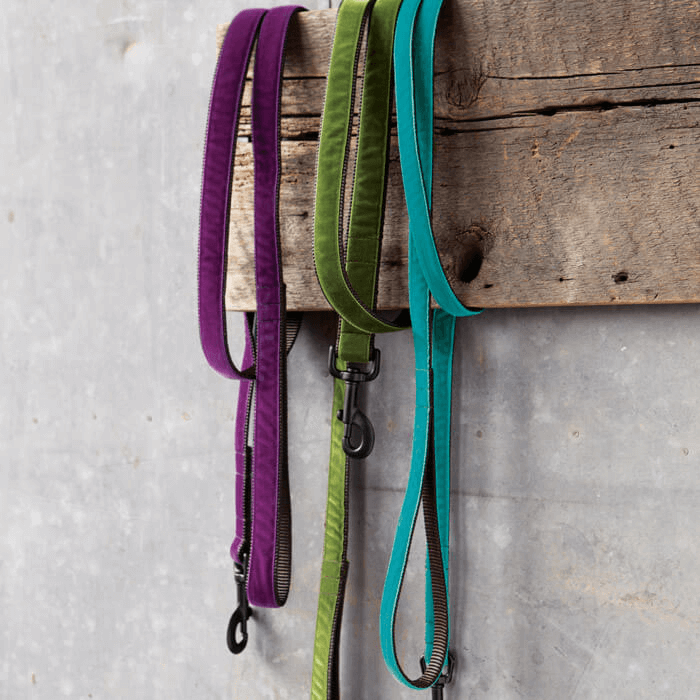
Rope Leash: Outdoor Adventures
- Ideal for rugged environments like mountains, forests, and uneven trails.
- Made from climbing-grade materials that resist tension and abrasion.
- Popular among hikers, climbers, and outdoor enthusiasts.
- Offers a rugged, sporty aesthetic that complements adventurous lifestyles.
- May not be practical for daily routines or dogs with sensitivities due to weight and grip considerations.
Is My Dog Safer on a Rope or Flat Leash?
For dogs that pull or react unpredictably, flat leashes offer more controlled feedback, allowing handlers to manage corrections gently and effectively. On the other hand, rope leashes, while sturdy, can increase the likelihood of injury if not handled properly.
So, for most pet parents, particularly those with dogs prone to pulling, a flat leash offers a safer, more manageable option.
How to Choose the Best Leash for Your Dog
Consider Your Dog’s Size and Strength
- Big dogs: Need strong, durable hardware but not necessarily a rope leash.
- Small dogs: Benefit from the lightweight nature of flat leashes, reducing strain.
Think About Your Activities
- Outdoor adventures: Rope leashes can be useful, but weigh risks like leash burns and grip issues.
- City strolls and training: Flat leashes are ideal for control, comfort, and handling.
Personal Comfort and Safety
- Flat leashes: Often include padded handles, reducing the risk of hand fatigue and leash burn.
- Rope leashes: Require gloves or specialized grips to avoid injury.
- DIY modifications: Possible to make rope leashes safer but not always practical for everyday use.
Choosing What’s Best for You and Your Pup
Flat leashes offer the flexibility, safety, and comfort that most dog owners need for daily walks, training, and city adventures. We have:
➡️Waterproof Dog Leashes: Made from Biothane®, perfect for water-loving, adventurous pups.
➡️Reflective Designer Dog Leashes: For enhanced visibility during nighttime walks.
➡️Velvet Dog Leashes: Soft, luxurious velvet combined with sturdy webbing for a stylish, cozy grip.
➡️Hands Free Dog Leashes: Adjustable for wearing around the waist or shoulder, ideal for running or multitasking.
➡️Leather Dog Leashes: Choose embellishments and hardware for custom leashes.
Ready to find your dog’s leash? 👉 Shop our handmade leashes now!

